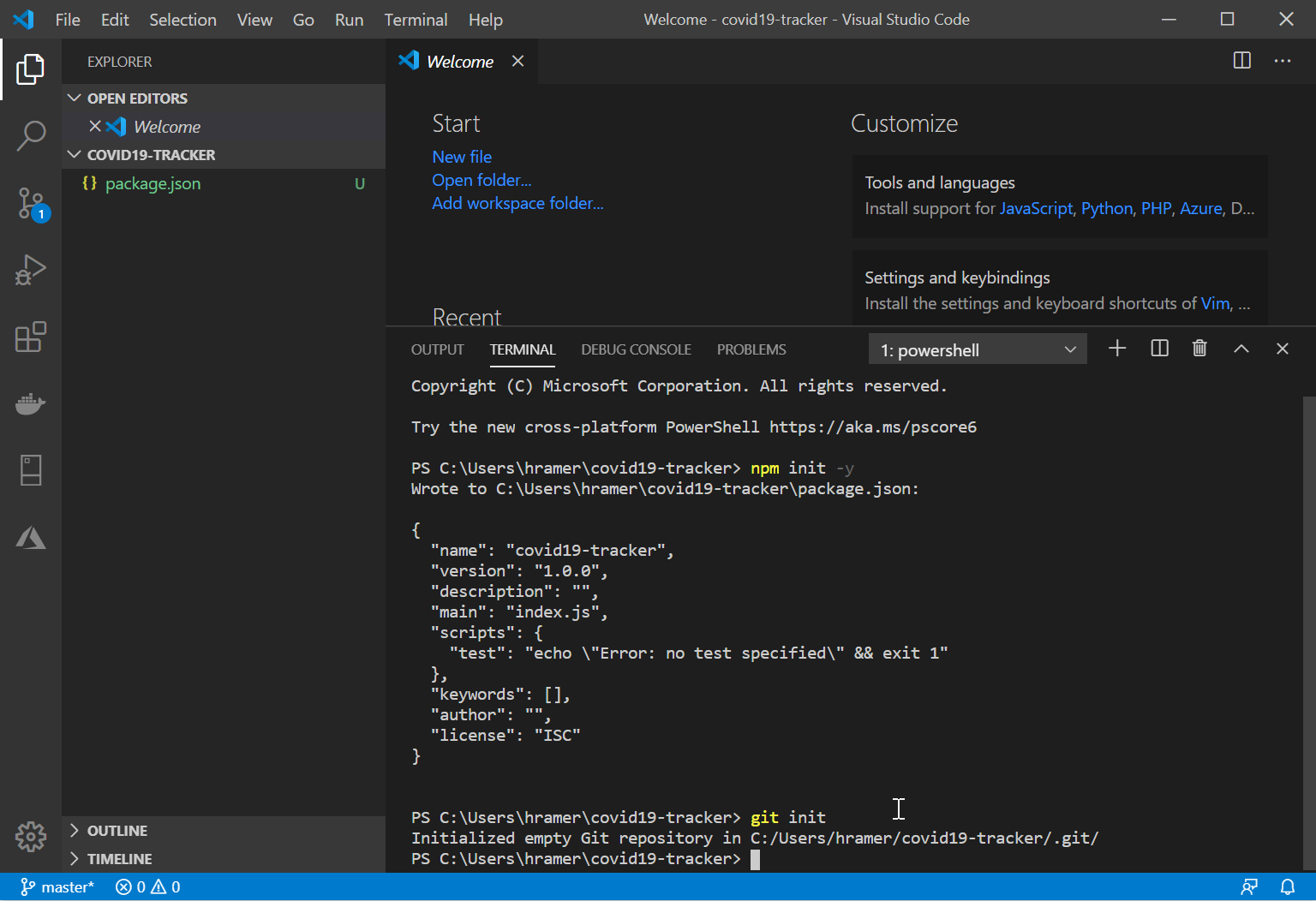
The generated app has the following directory structure.

Then load in your browser to access the app. On Windows PowerShell, use this command: PS> $env:DEBUG='myapp:*' npm start On Windows Command Prompt, use this command: > set DEBUG=myapp:* & npm start On MacOS or Linux, run the app with this command: $ DEBUG=myapp:* npm start The app will be created in a folder named myapp in the current working directory and the view engine will be set to Pug: $ express -view=pug myappĬreate : myapp/public/stylesheets/style.css c, -css add stylesheet support (less|stylus|compass|sass) (defaults to plain css)įor example, the following creates an Express app named myapp. Node.js (v14 or higher): Download here MongoDB (v4 or higher): Download here A code editor like Visual Studio Code: Download here Creating a New Project. v, -view add view support (ejs|hbs|hjs|jade|pug|twig|vash) (defaults to jade) $ npx express-generatorįor earlier Node versions, install the application generator as a global npm package and then launch it: $ npm install -g express-generatorĭisplay the command options with the -h option: $ express -h You can run the application generator with the npx command (available in Node.js 8.2.0).

Use the application generator tool, express-generator, to quickly create an application skeleton.


 0 kommentar(er)
0 kommentar(er)
